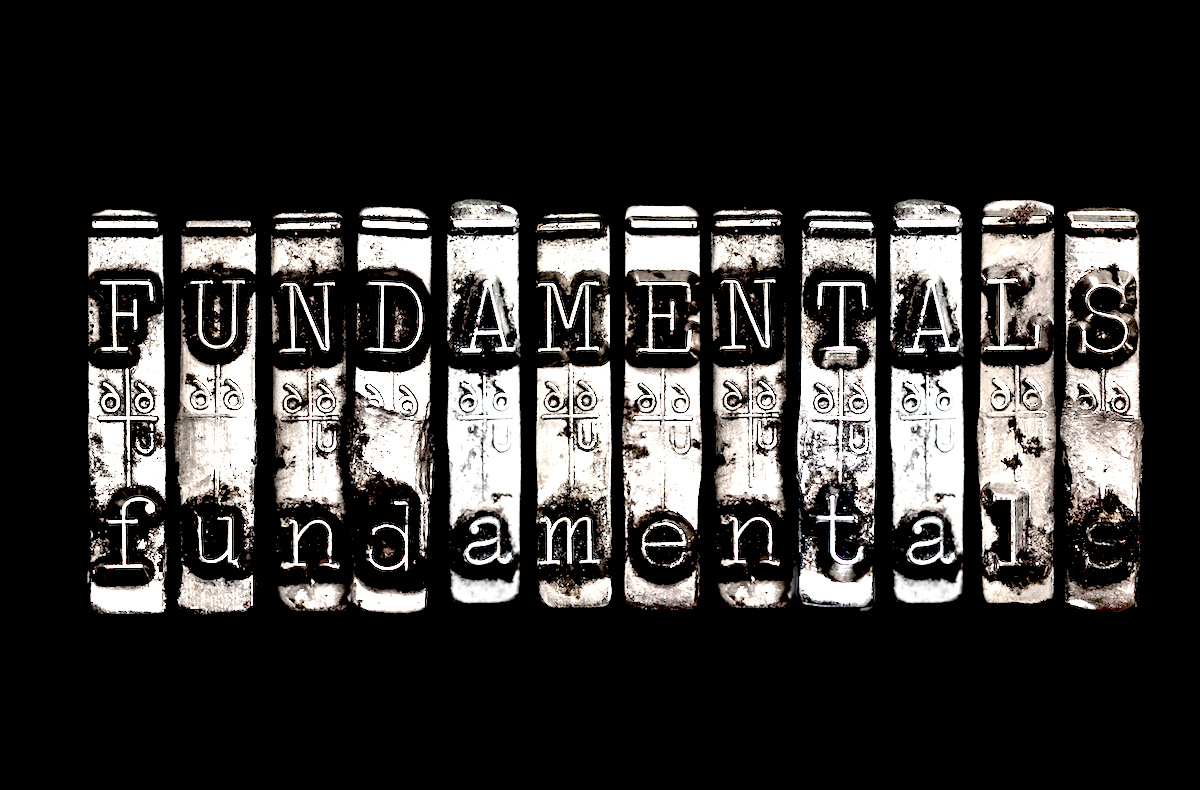Investors seeking a low-risk alternative to meaningfully augment their investment returns/income should give some thought to writing covered call options on the equities they already own or use ETFs/funds that do this, in their RRSPs (or outside).
Historically, back-testing shows that this strategy outperformed during 1) "slightly rising" markets, 3) rangebound markets, or 3) declining market, but not during rapidly rising markets, a phase we have already experienced since March 2009.
This conservative approach to trading options is useful for producing additional revenue, irrespective of whether stock prices rise or fall, so long as the proper adjustments are made.
Eden Rahim, Vice President & Portfolio Manager, JovInvestment Management, explains Covered Call Writing in the following 7 short videos. Mr. Rahim manages several funds for Horizons ETFs (see listing at the end of the story)
1. What are The Benefits of Covered Call Writing?
[hana-flv-player video="http://advisoranalyst.com/video/CC Benefits of Covered Call Writing Final.flv" width="500" height="315" description="Benefit of Covered Call Writing" player="2" autoload="true" autoplay="false" loop="false" autorewind="true" /]
Here's An Example
Samuel owns 1,000 shares of XYZ Company, which currently trades for $40. His outlook for XYZ is that the share price will most likely be sideways for the foreseeable future. As a result of his outlook, he makes the decision to sell 10 (ten) $40 calls (call options) to take advantage of the stock's rangeboundedness. The current premium on this option is $3, and their expiry date is six months from now. In return for 'writing' or selling the option (insurance) Samuel gets paid a total of $3,000 for committing to sell the stock at $40 to the buyer, in the event the buyer chooses to exercise the option. That way, if the stock price stays the does nothing or goes down, Harry walks away with the premium free and clear. If the price were to rise to $55, the buyer would exercise the option and buy the shares from Harry for $40, when they are worth $55 in the market.
Usually however, most investors, doing this, sell/write calls that are out of the money (see video #4), such as call options with a strike price of $45 or $50 to try to avoid being called, in the event they are planning to hold the shares for the long term. In this case, they'll get lower premium income in return for participation in more of the upside should the stock holding appreciate in value.
2. How Much Income/Yield Can We Expect to Generate from a Covered Call on Various Sectors?
3. Why the Covered Call Strategy is Ideal for Current Markets
[hana-flv-player video="http://advisoranalyst.com/video/CC Ideal for Current Markets Final.flv" width="500" height="315" description="Benefit of Covered Call Writing" player="2" autoload="true" autoplay="false" loop="false" autorewind="true" /]
4. Why Write Out-of-the-Money Call Options? What Does Out-of-the-Money Mean?
5. Which Sectors Offer The Greatest Opportunity for Call Writing?
6. The Covered Call Strategy, Explained
7. Historically, When Does the Covered Call Writing Strategy Outperform 'Just' Buying and Holding Equities?
Eden Rahim, Portfolio Manager, JovInvestment Management Inc., manages the following Horizons ETFs:
HEE - AlphaPro Enhanced Income Energy ETF
HEP - AlphaPro Enhanced Income Gold Producers ETF
HEX - AlphaPro Enhanced Income Equity ETF
HGY.UN - Horizons Gold Yield Fund *
Source Video: Horizons ETFs












